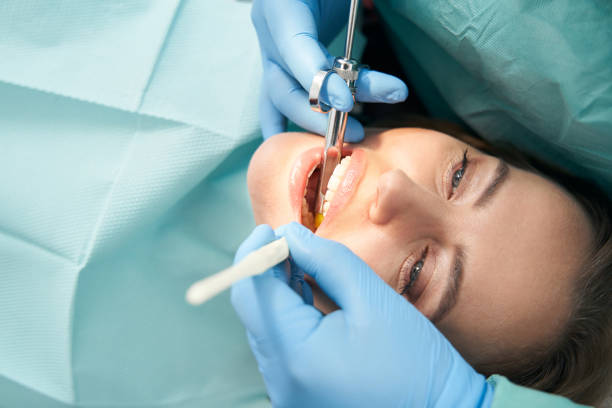For many individuals, the mere thought of sitting in a dentist’s chair can stir up feelings of anxiety and unease. Whether it stems from a past traumatic experience or a fear of the unknown, dental anxiety is a real concern that can prevent people from seeking the oral care they need. However, thanks to the advancements in dental sedation techniques, patients can now experience dental procedures in a relaxed and comfortable manner. In this article, we’ll delve into the world of dental sedation, exploring its benefits, methods, and considerations.
Understanding Dental Sedation:
Dental sedation involves the administration of medications to help patients relax and remain calm during dental treatments. It is a valuable tool for managing dental anxiety, fear, or discomfort, ensuring a more pleasant experience for patients. By inducing a state of relaxation, dental sedation enables patients to undergo necessary procedures without the stress and apprehension often associated with dental visits.
Types of Dental Sedation:
- Nitrous Oxide (Laughing Gas): Nitrous oxide, commonly known as laughing gas, is one of the most widely used forms of dental sedation. It is administered through a mask placed over the nose and induces feelings of relaxation and euphoria. Laughing gas allows patients to remain conscious and responsive during the procedure while minimizing discomfort and anxiety. One of the advantages of nitrous oxide is its rapid onset and quick recovery time, making it suitable for various dental treatments.
- Oral Sedation: Oral sedation involves the use of prescribed medications taken by mouth before the dental appointment. These medications, typically benzodiazepines, produce a calming effect, reducing anxiety and promoting relaxation. Oral sedation can range from mild to moderate, depending on the dosage administered. While patients may feel drowsy, they remain conscious and able to respond to verbal cues throughout the procedure.
- Intravenous (IV) Sedation: IV sedation is administered directly into the bloodstream through an intravenous line, allowing for rapid and precise control over the level of sedation. This form of sedation induces a deeper state of relaxation compared to oral sedation and is commonly used for more complex or lengthy dental procedures. IV sedation ensures optimal comfort for the patient while allowing the dentist to perform the necessary treatments efficiently.
- General Anesthesia: General anesthesia is the deepest form of sedation, rendering the patient completely unconscious throughout the procedure. It is typically reserved for extensive oral surgeries or patients with severe dental anxiety or special needs. General anesthesia requires careful monitoring by an anesthesiologist to ensure the patient’s safety and may involve a longer recovery period compared to other forms of sedation.
Benefits of Dental Sedation:
- Anxiety Relief: Dental sedation helps alleviate fear and anxiety, allowing patients to undergo dental treatments with ease and comfort.
- Enhanced Comfort: Sedation promotes relaxation and reduces discomfort during dental procedures, making the experience more pleasant for patients.
- Improved Cooperation: Sedation minimizes patient movement and anxiety-induced interruptions, facilitating smoother and more efficient dental treatments.
- Accessibility: By overcoming barriers associated with dental anxiety, sedation enables patients to access necessary dental care and maintain optimal oral health.
Important Considerations:
- Patient Evaluation: Before recommending sedation, dentists carefully evaluate each patient’s medical history, current health status, and anxiety levels. This evaluation helps ensure the safety and suitability of sedation for each individual.
- Monitoring: Proper monitoring of vital signs, including heart rate, blood pressure, and oxygen levels, is essential during sedation to ensure patient safety. Dentists and trained staff continuously monitor the patient’s condition throughout the procedure.
- Informed Consent: Patients should receive detailed information about the sedation process, including its risks, benefits, and alternative options available. Informed consent ensures that patients can make educated decisions about their dental care and sedation preferences.
- Post-Sedation Care: After the procedure, patients may experience lingering effects of sedation, such as drowsiness or impaired coordination. It is important to have a responsible adult accompany the patient home and provide assistance during the recovery period.
In conclusion, dental sedation offers a valuable solution for individuals experiencing fear or anxiety about dental procedures. By understanding the different types of sedation available, considering individual needs and preferences, and prioritizing safety and informed decision-making, patients can undergo dental treatments with confidence and comfort, ultimately improving their oral health and well-being with the help of Dr. JohnHansford.















